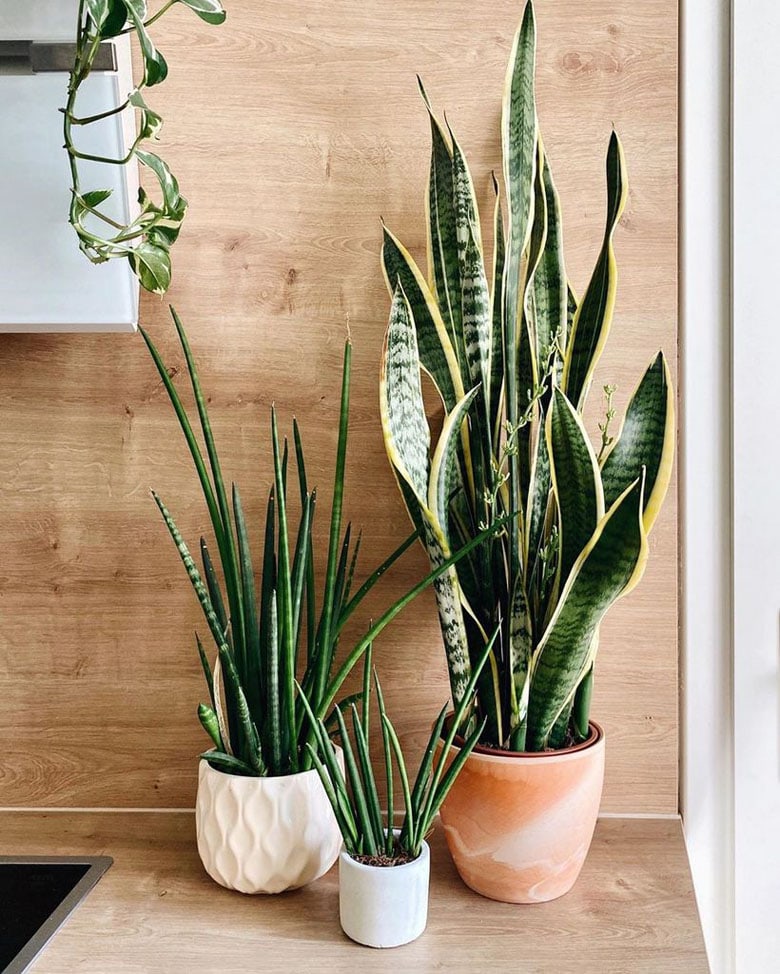/snake-plant-care-overview-1902772-04-d3990a1d0e1d4202a824e929abb12fc1-349b52d646f04f31962707a703b94298.jpeg)
Introduction
The snake plant, also known as Sansevieria or mother-in-law's tongue, is a popular houseplant known for its unique appearance and low maintenance requirements. This article will provide you with essential tips and guidelines on how to care for your snake plant and ensure its healthy growth.

Choosing the Right Location
When it comes to snake plant care, selecting the right location is crucial. These plants thrive in bright, indirect light but can tolerate low light conditions as well. Avoid placing them in direct sunlight as it can scorch their leaves.

Watering
Snake plants have succulent-like leaves that store water, making them drought-tolerant. It's important not to overwater them as this can lead to root rot. Allow the soil to dry out completely between waterings and then water thoroughly, ensuring the excess water drains out of the pot.

Soil Requirements
Well-draining soil is essential for snake plant care. Use a commercial potting mix specifically designed for succulents or cacti, or create your own by combining regular potting soil with perlite or sand to improve drainage.

Temperature and Humidity
Snake plants prefer average room temperatures ranging from 60??F to 75??F (15??C to 24??C). They can tolerate slightly cooler or warmer conditions but should be protected from extreme temperature fluctuations. These plants are adaptable to different humidity levels, making them suitable for various indoor environments.

Fertilizer
Snake plants are not heavy feeders, and excessive fertilization can harm them. Use a balanced, water-soluble fertilizer specifically formulated for houseplants, diluted to half the recommended strength. Apply the fertilizer once a month during the growing season (spring and summer) and avoid fertilizing during winter.

Propagation
Snake plants can be propagated through division or leaf cuttings. To divide the plant, carefully remove it from its pot, separate the rhizomes, and replant each division in its own container. For leaf cuttings, select a healthy leaf, cut it into several sections, and place them in a well-draining potting mix. Keep the soil slightly moist until new growth appears.

Pest Control
Snake plants are generally resistant to pests, but occasionally, they can be affected by mealybugs or spider mites. Regularly inspect your plant for signs of infestation, such as webbing or tiny cotton-like clusters. If necessary, treat the affected areas with an insecticidal soap or neem oil, following the product instructions.
:max_bytes(150000):strip_icc()/snake-plant-care-overview-1902772-04-76c211bb8d1b461e8af30a68b6169535.jpg)
Common Issues
While snake plants are relatively easy to care for, a few common issues can arise. Overwatering can lead to root rot, causing the leaves to turn yellow and mushy. Underwatering, on the other hand, can result in dry, withered leaves. Additionally, snake plants placed in low light conditions may exhibit stunted growth or pale leaves.

Conclusion
In conclusion, snake plant care is relatively simple, making it an excellent choice for both beginner and experienced plant enthusiasts. With the right location, proper watering, well-draining soil, and occasional fertilization, your snake plant will thrive and add a touch of greenery to your indoor space.